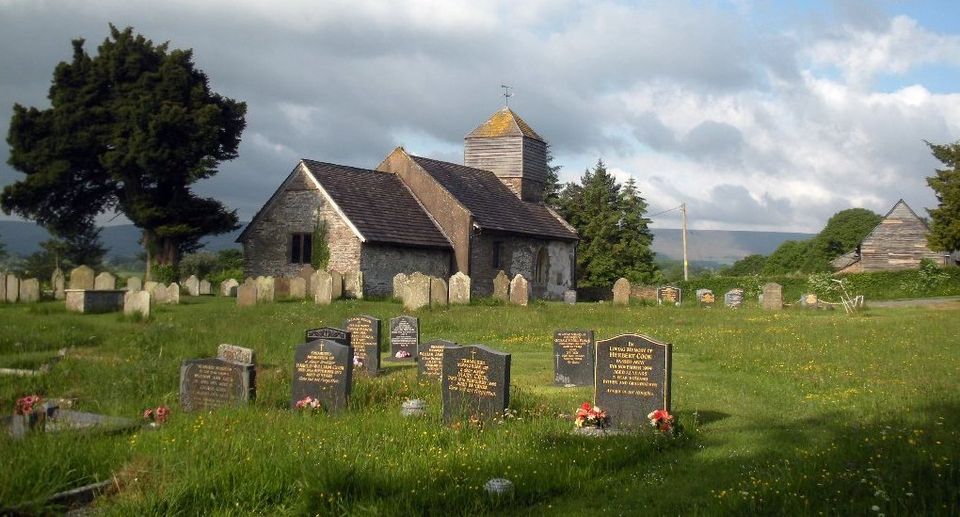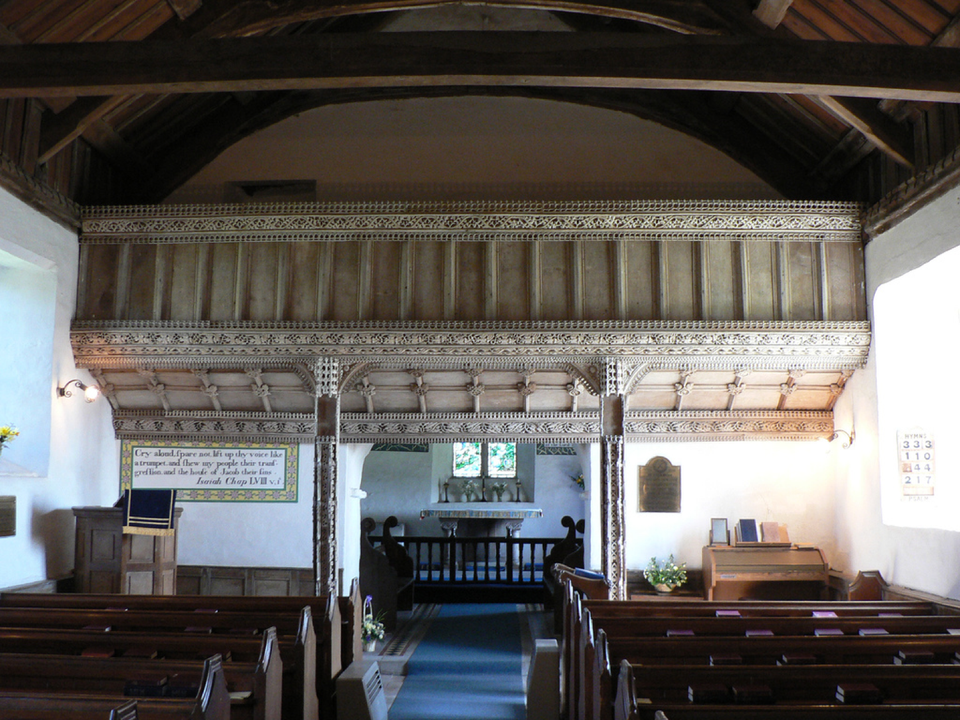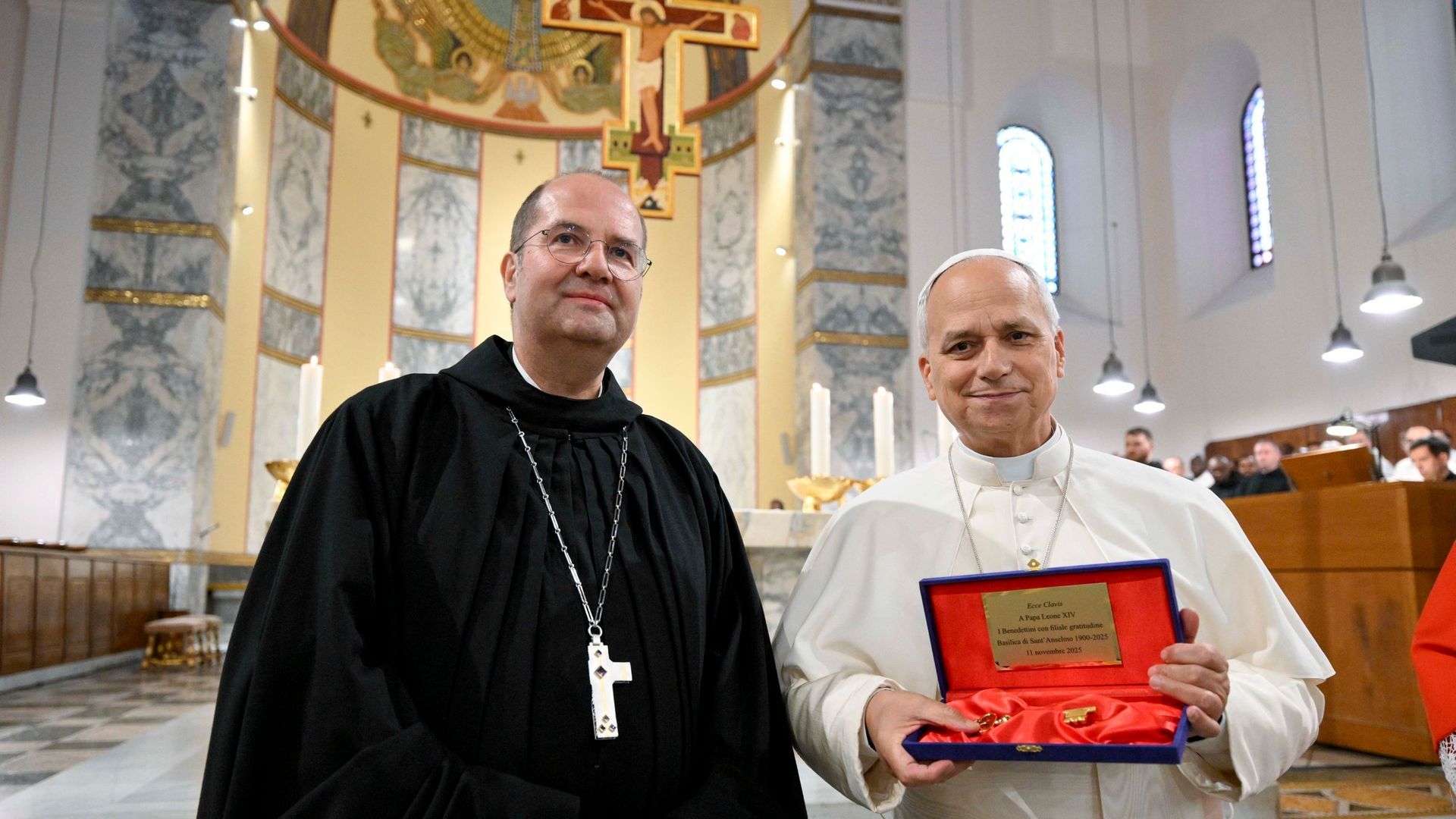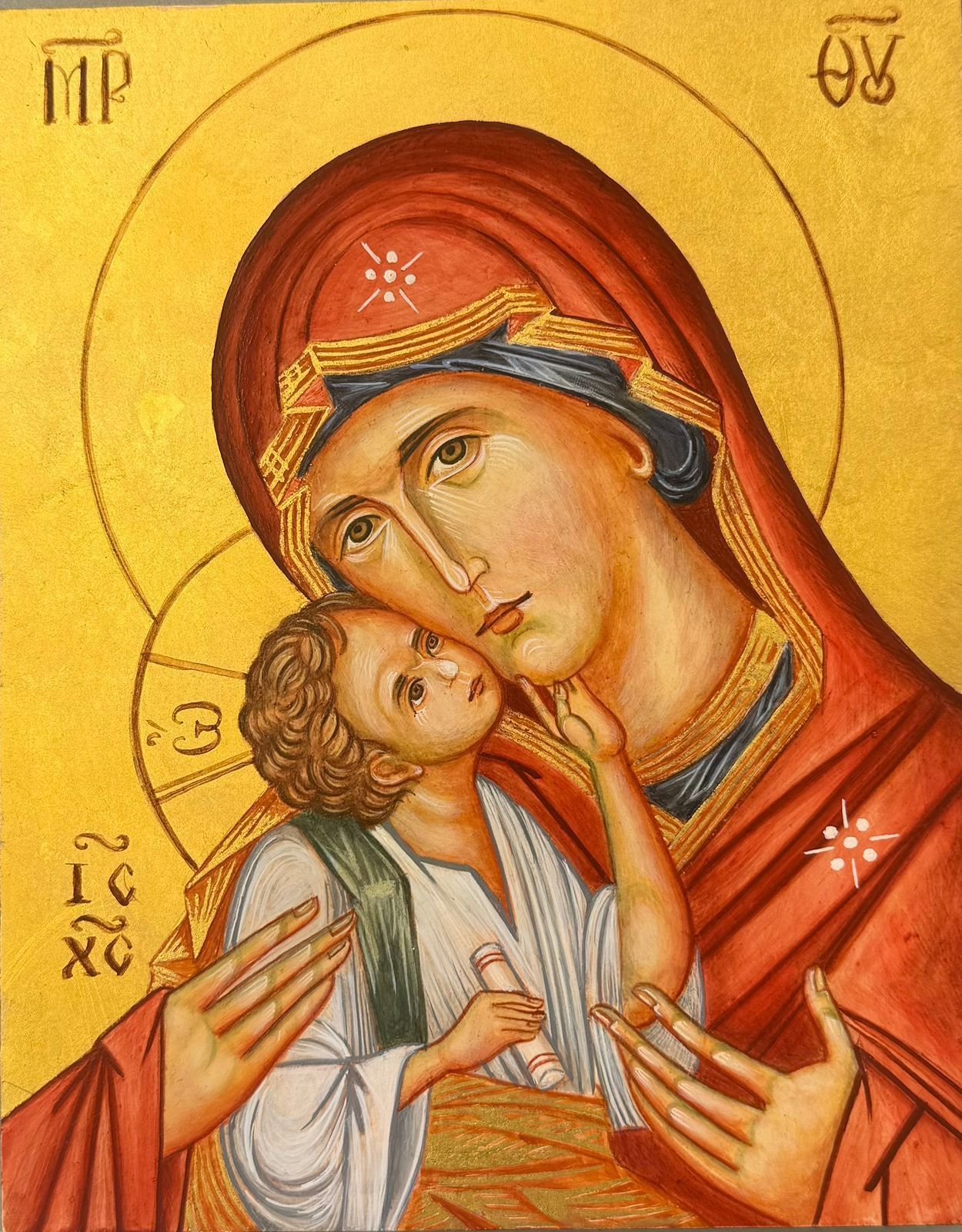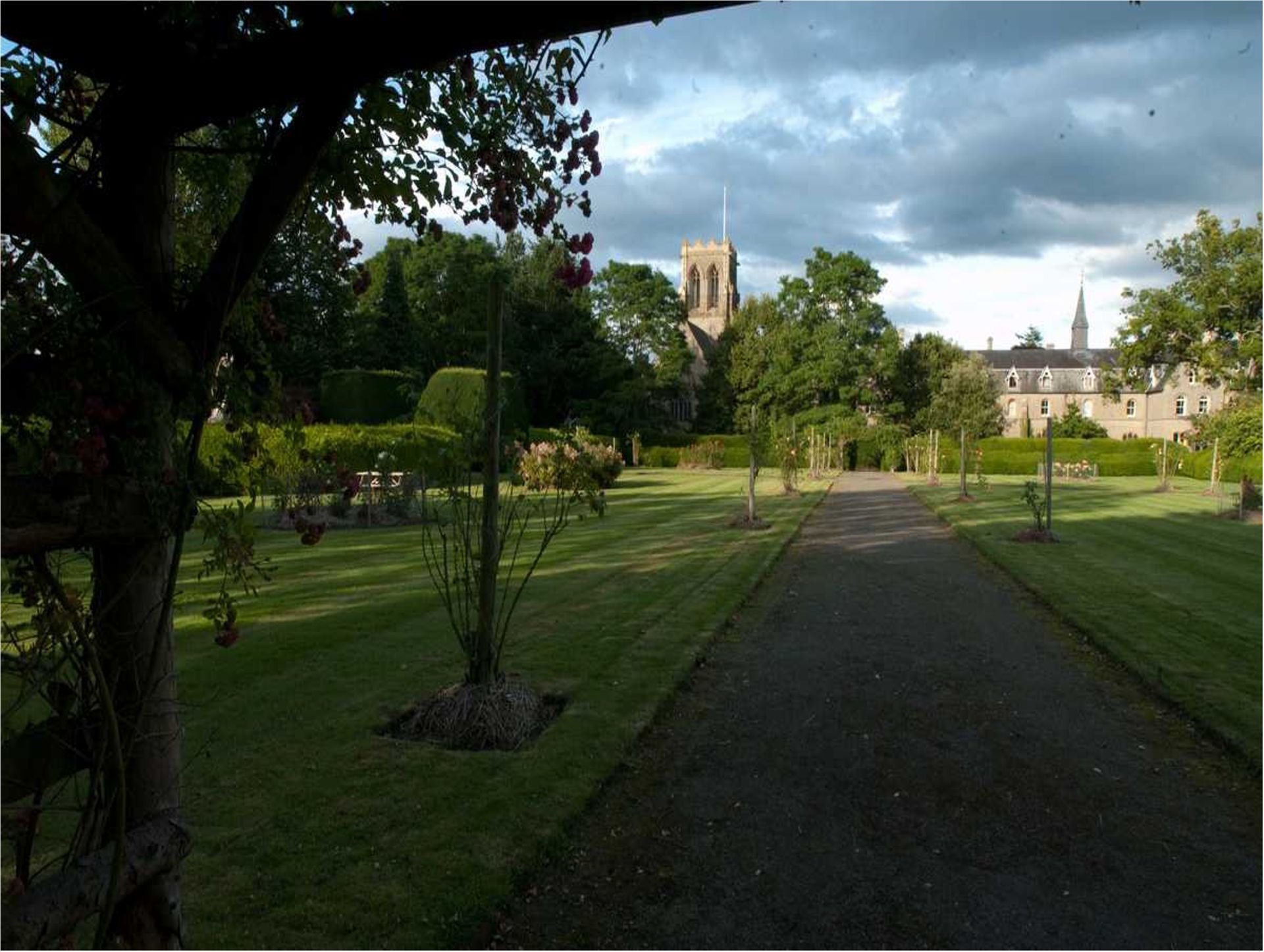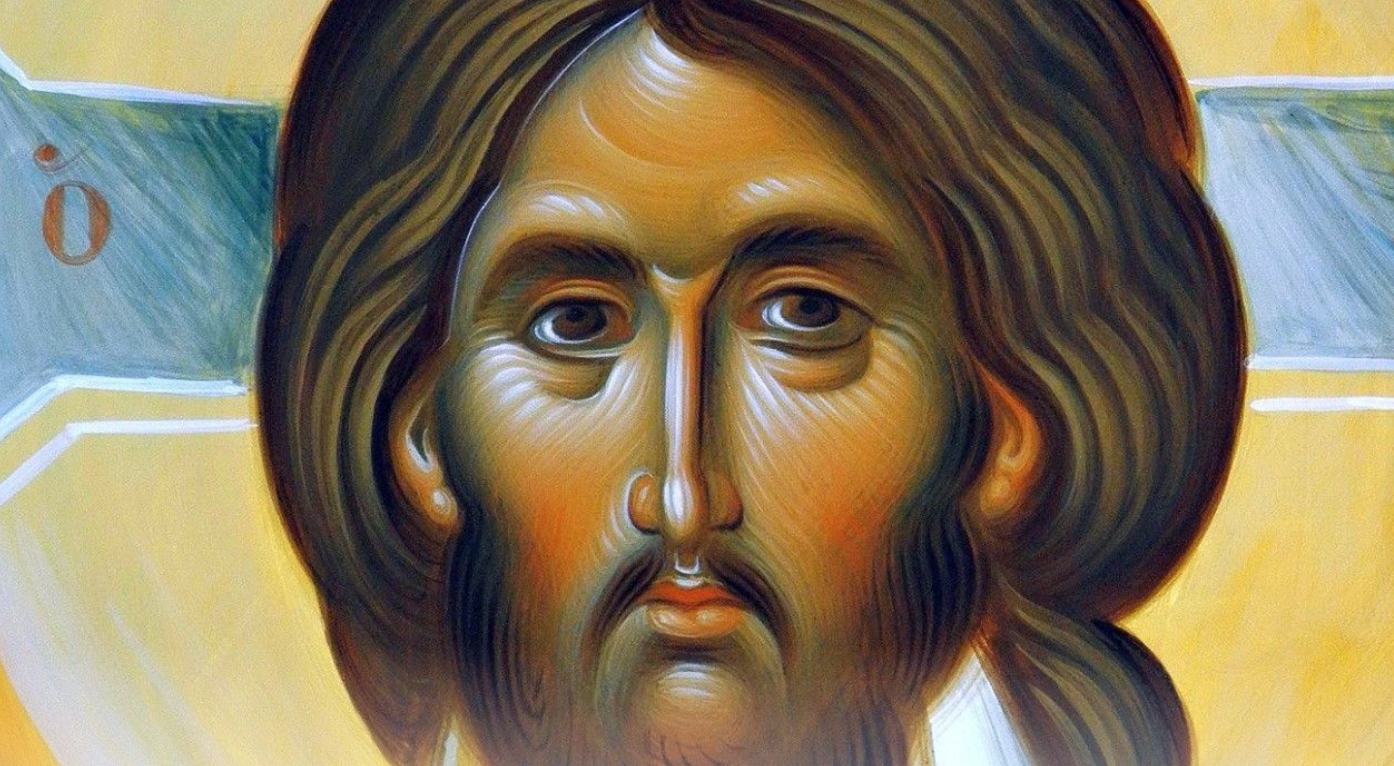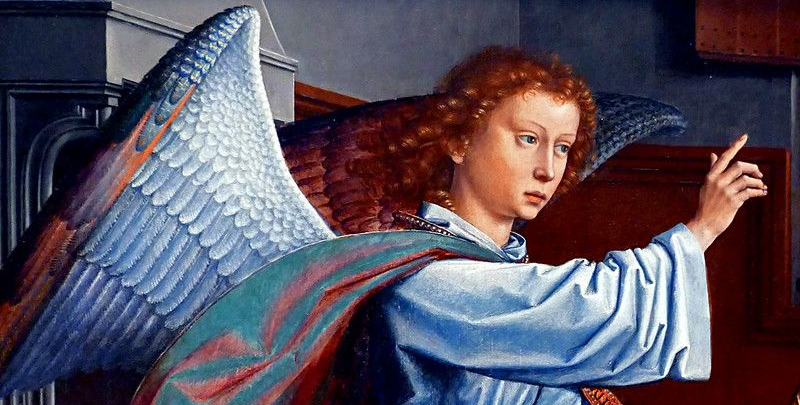Herefordshire's Welsh Roots
<!-- /* Font Definitions */ @font-face {font-family:"MS Mincho"; panose-1:2 2 6 9 4 2 5 8 3 4; mso-font-alt:"MS 明朝"; mso-font-charset:78; mso-generic-font-family:auto; mso-font-pitch:variable; mso-font-signature:-536870145 1791491579 18 0 131231 0;} @font-face {font-family:"Cambria Math"; panose-1:2 4 5 3 5 4 6 3 2 4; mso-font-charset:0; mso-generic-font-family:roman; mso-font-pitch:variable; mso-font-signature:3 0 0 0 1 0;} @font-face {font-family:Cambria; panose-1:2 4 5 3 5 4 6 3 2 4; mso-font-charset:0; mso-generic-font-family:roman; mso-font-pitch:variable; mso-font-signature:-536870145 1073743103 0 0 415 0;} @font-face {font-family:Times; panose-1:2 0 5 0 0 0 0 0 0 0; mso-font-charset:0; mso-generic-font-family:auto; mso-font-pitch:variable; mso-font-signature:-536870145 1342185562 0 0 415 0;} /* Style Definitions */ p.MsoNormal, li.MsoNormal, div.MsoNormal {mso-style-unhide:no; mso-style-qformat:yes; mso-style-parent:""; margin:0cm; margin-bottom:.0001pt; mso-pagination:widow-orphan; font-size:12.0pt; font-family:"Cambria",serif; mso-ascii-font-family:Cambria; mso-ascii-theme-font:minor-latin; mso-fareast-font-family:"MS Mincho"; mso-fareast-theme-font:minor-fareast; mso-hansi-font-family:Cambria; mso-hansi-theme-font:minor-latin; mso-bidi-font-family:"Times New Roman"; mso-bidi-theme-font:minor-bidi;} h3 {mso-style-priority:9; mso-style-unhide:no; mso-style-qformat:yes; mso-style-link:"Heading 3 Char"; mso-margin-top-alt:auto; margin-right:0cm; mso-margin-bottom-alt:auto; margin-left:0cm; mso-pagination:widow-orphan; mso-outline-level:3; font-size:13.5pt; font-family:Times;} span.Heading3Char {mso-style-name:"Heading 3 Char"; mso-style-priority:9; mso-style-unhide:no; mso-style-locked:yes; mso-style-link:"Heading 3"; mso-ansi-font-size:13.5pt; mso-bidi-font-size:13.5pt; font-family:Times; mso-ascii-font-family:Times; mso-hansi-font-family:Times; mso-ansi-language:EN-GB; font-weight:bold;} .MsoChpDefault {mso-style-type:export-only; mso-default-props:yes; font-family:"Cambria",serif; mso-ascii-font-family:Cambria; mso-ascii-theme-font:minor-latin; mso-fareast-font-family:"MS Mincho"; mso-fareast-theme-font:minor-fareast; mso-hansi-font-family:Cambria; mso-hansi-theme-font:minor-latin; mso-bidi-font-family:"Times New Roman"; mso-bidi-theme-font:minor-bidi; mso-ansi-language:EN-US;} @page WordSection1 {size:612.0pt 792.0pt; margin:72.0pt 72.0pt 72.0pt 72.0pt; mso-header-margin:36.0pt; mso-footer-margin:36.0pt; mso-paper-source:0;} div.WordSection1 {page:WordSection1;} --> People sometimes ask why Belmont and Herefordshire is part of the Archdiocese of Cardiff and not some English diocese. There are more recent historical reasons for this - Belmont being the Cathedral for the diocese of Newport and Menevia for over 50 years - but also more ancient reasons: the borders of England and Wales have been very fluid over the centuries.
Most people think of Herefordshire as being that quintessential English county of apple orchards, hop fields, black and white villages and herds of Hereford cattle. It is also a border county that looks out from the Black Mountains towards the Malvern Hills, from the wild crags and valleys of Wales to the rolling countryside of England and is cut in half by the River Wye. It is famous not only for its 250 or more medieval churches, among them the magnificent Hereford Cathedral, but also for an equal number of Norman castles, many of them reduced to almost nothing today, and a large section of Offa’s Dyke.
It is a county that from its earliest days was the meeting place of two worlds, the Celtic and the Welsh on the south side of the river and the Mercian, the Saxon, the Norman and the English on the north. The ancient Diocese of Hereford extended beyond the present English and Welsh border into Wales.
Go to Newton St Margaret’s , a tiny church with a glorious rood screen, and you will find a notice in the vestry on the duties of church wardens written in Welsh, the language commonly spoken here well into 19th Century. Visit any cemetery south of the Wye and, with the exception of English settlers, you will not find a single gravestone that does not bear a Welsh surname. It is no anomaly that Herefordshire should still be part of the Archdiocese of Cardiff: the historical links run deep, the cultural links still strong.
Let
us go back to the beginnings of Christianity and of Church organisation in the
three ancient counties that made up the Archdiocese until Swansea, Neath and
Port Talbot were snatched away to create the new Diocese of Menevia in 1987.
Yes, there were Christians here in Roman times and the martyrdom of Saints
Julius and Aaron at Caerleon at the beginning of 4th Century bears
witness to this. The Venerable Bede, following Gildas, mentions them in his
Ecclesiastical History and they are to be found in the Roman Martyrology. However,
when dealing with the lives of the great and lesser saints of 6th
and 7th Century South Wales, it is far more than the mists of time we
have to contend with: there are the fantasies, elaborations and exaggerations
of the medieval chroniclers and a certain vying for influence and authority
among the various dioceses and their incumbents. Above all, the Norman Conquest
brings with it an ethnic cleansing that affected the Church more than any other
institution.
‘My own memory of the perfect Herefordshire is a spring day in the foothills of the Black Mountains and finding among the winding hilltop lanes the remote little church of St. Margaret’s where there was no sound but a farm dog’s distant barking. Opening the church door I saw across the whole width of the little chancel a screen and loft all delicately carved and textured pale grey with time’.
John Betjeman
St. Margaret’s Church was described by the poet John Betjeman as 'perfect Herefordshire'. It is a simple church of Norman origin noted for a rare surviving example of a rood screen carved in oak. Standing nearly 800 ft above sea level it has magnificent views over the Hereford plain to the Black Mountains. The church is included in England’s Thousand Best Churches by Simon Jenkins (Penguin Books: London: 2000). The rood screen dates from c.1520 and is a rare survivor of the post reformation order of 1547 that all such works should be destroyed.
The front of the screen is divided into 20 small panels and the rails at the top and bottom are covered with a beautiful and intricate foliage design. Mixed in amongst the floral bosses are several depicting human faces, some very humorous. There are also embellished niches that would originally have held figures of the Virgin Mary and Beloved Disciple, St John.


